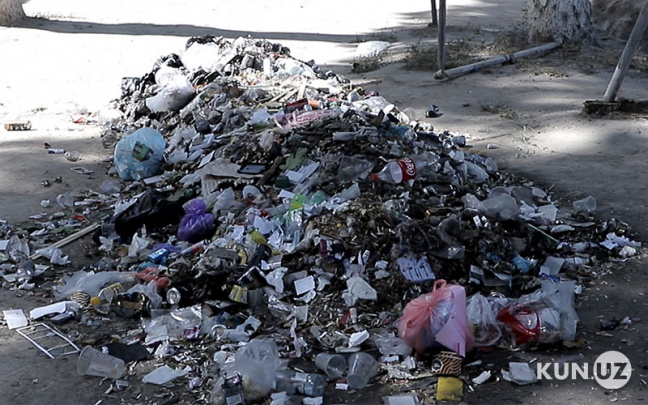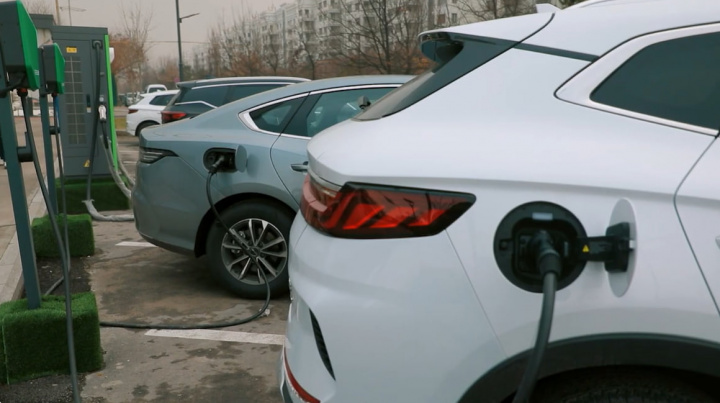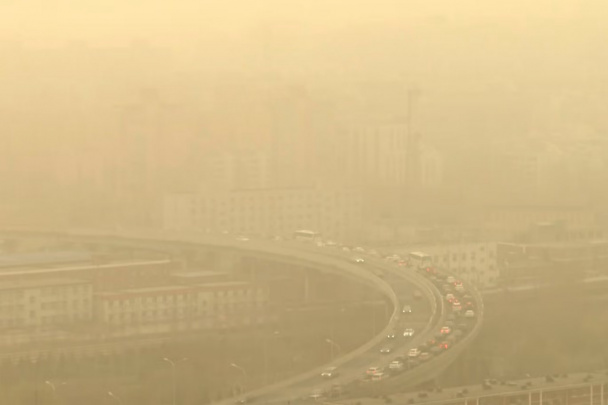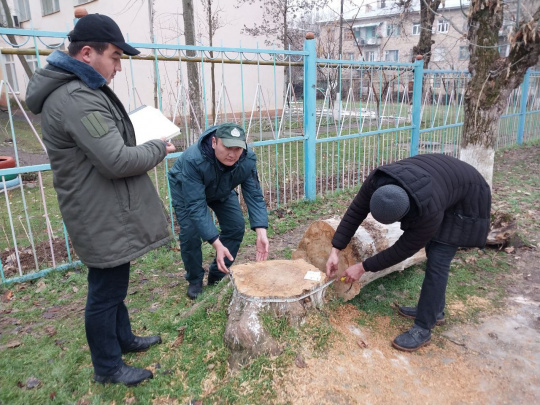No excess air pollution detected in Tashkent region – Ministry of Ecology
In response to Tashkent being ranked among the world's most polluted cities by the IQAir air quality monitoring portal, the Ministry of Ecology conducted inspections to assess greenhouse emissions in three districts of the capital region. According to the ministry’s press service, the results confirmed that PM-2.5 and PM-10 pollutant levels remained within established limits.

On February 4, a mobile laboratory was used to analyze air pollution at nine points along the Tashkent Ring Road, covering the area from the Eshonguzar residential settlement to the Tashkent Pediatric Medical Institute.
"The activities of existing greenhouses are continuously monitored to prevent the use of harmful materials such as tires, cellophane, and poultry manure for heating. Additionally, preventive measures have been implemented to ensure that greenhouse chimneys are equipped with dust and gas filtration devices that meet state standards," the statement read.
As part of the State Environmental Control Inspection's monitoring efforts (conducted using Google Maps), 357 greenhouses covering 318.265 hectares were examined in areas with increased air pollution:
• Zangiota district: 145 greenhouses covering 138.28 hectares
• Qibray district: 134 greenhouses covering 142.84 hectares
• Tashkent district: 78 greenhouses covering 37.145 hectares
The inspection revealed that 258 greenhouses were operational, while 99 were seasonal and inactive due to a lack of heating systems.
Among these greenhouses, 167 were cultivating cucumbers and tomatoes, 71 were growing flowers, 12 were producing greens, 2 were cultivating lemons, and 6 were growing other seedlings. Regarding heating sources, 195 greenhouses used coal, 53 relied on hot water, and 9 used natural gas. Additionally, 69 greenhouses had environmental assessment reports, and 32 were equipped with filtration systems.
During inspections, 27 greenhouse owners were fined for violating chimney usage regulations. Legal claims were filed to suspend the activities of 33 non-compliant greenhouses, and 166 greenhouse owners were warned that failure to install dust and gas purification equipment meeting state standards would result in fines in accordance with the law.
Related News

13:28 / 13.03.2025
Tashkent launches raids against illegal waste dumping

14:33 / 08.03.2025
Rising utilization fees may undermine Uzbekistan’s fight against air pollution

12:03 / 07.03.2025
U.S. embassies to stop sharing air quality data amid budget cuts

18:17 / 06.03.2025



